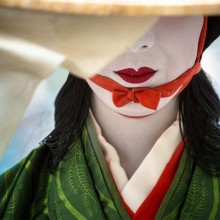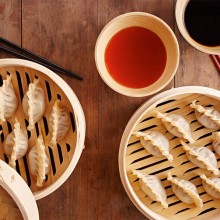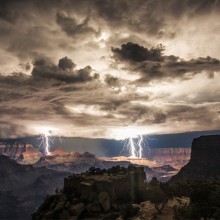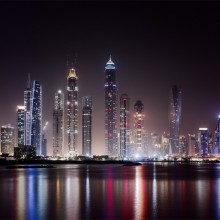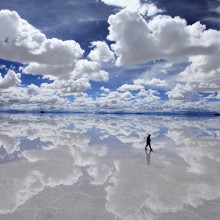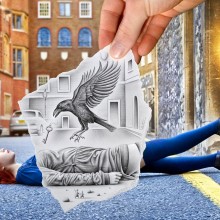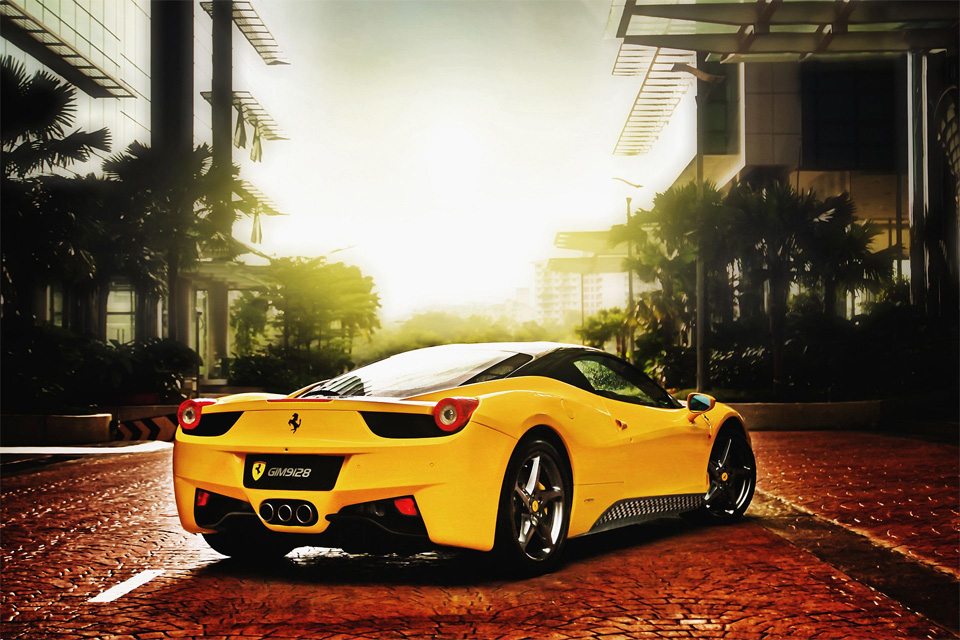
If you want to learn how to photograph cars in order to get the shots published in car magazines, or just to have a stunning photo of your super awesome car, this tutorial will surely help you.
Best lighting
To get the best lighting, photograph right before sun rise before 8 o’clock on a clear day. After that time the light begins to get too harsh, which might be challenging because of the low light levels on the other non-lit side of the car. Some photographers think tripod is not necessary, but we suggest you use it for better results.
We’ve seen good results when shooting cars using it, no matter the shutter speeds. Another good time to shoot is the last 2 hours before sunset or at the “golden hour”. This time of day is great if there are some scattered clouds to hide the sun. This makes for a bright soft light source.

Good location is essential
Once you found the perfect time for shooting, you need to find a good location. Industrial areas are particularly good for car shots, rather then pretty landscapes that will draw attention away from your subject. Ideally, find a place that is covered (overpass/bridge) or a bih warehouse with the natural lights going thru the windows.
Reflections
You must be very careful of what reflects in the car. Have a look around you and look closely at the car and see what reflects on its surface. A car (especially a new shiny one) is like a mirror. Try and have an open space behind you like a field. Try and avoid shooting with buildings or trees behind you or with pedestrians walking by.
Know your car
Another good tip we can give you is to give yourself some time to get to know the car you’re photographing. That way you will find something unique about the car and what angle respresents the best the model of the car, and that will surely make your photo better.
Practice makes perfect
And last but not least, practice a lot, and remember that a lot of retouching is involved in car photography so don’t be disappointed with your results. On the other hand, you too should try retouching your photos, in order to point out glossy reflections and reduce unwanted glare.


